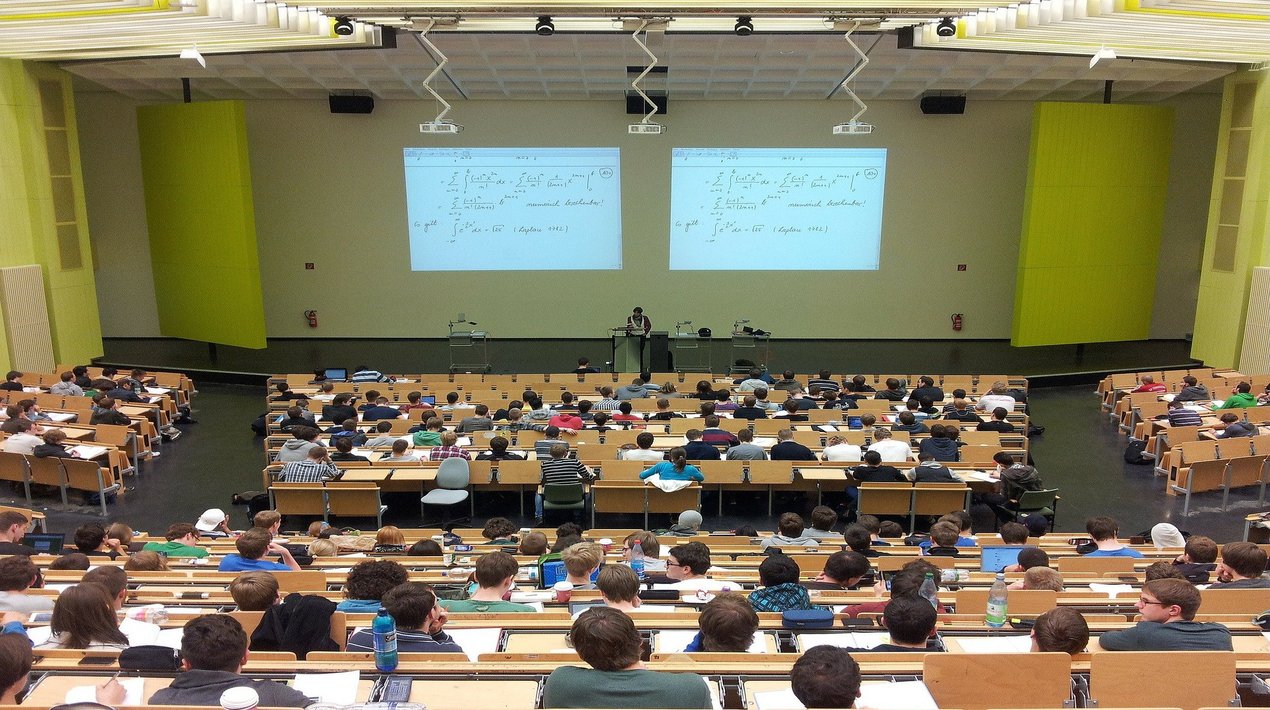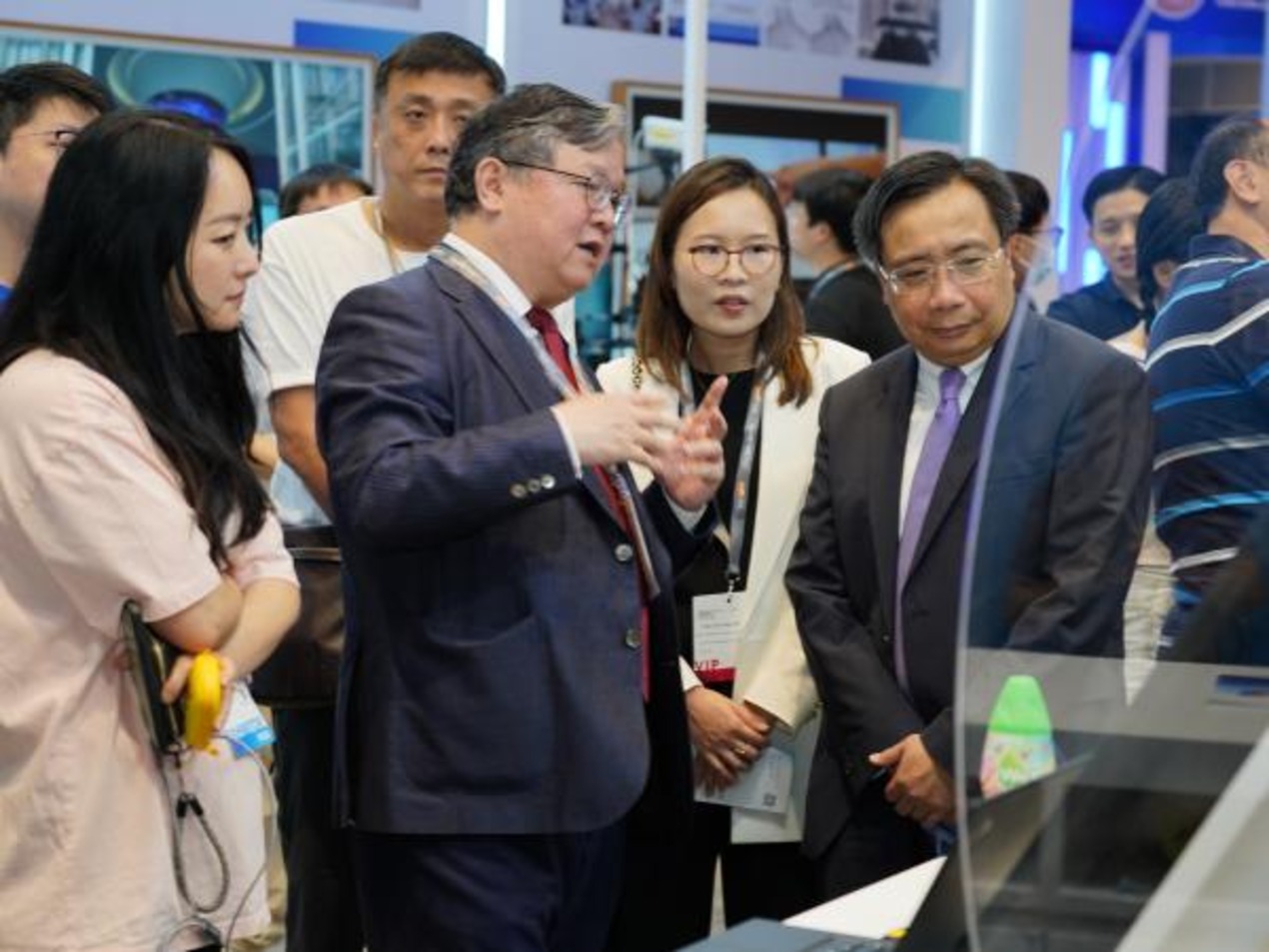
Around the world, information and communication technologies are transforming the teaching and learning processes. Virtual learning environments are one of the most widely used technologies in universities today. According to literature, the incorporation of any technology into an organisation will have an impact on the various groups within it. As a result, there are numerous theories about how the implementation process should be carried out to adapt the community to the new system.
Even before the digital revolution, various theories about how technology would transform teaching and learning had been proposed. Over the last thirty years, key inventions such as interactive whiteboards, the World Wide Web, Windows ’95 – which encouraged the adoption of the home computer, smartphones, and mobile applications – have been in the spotlight. Each of these technological breakthroughs was expected to alter the face of education as we knew it.
The pandemic has permanently altered the educational landscape, demonstrating how technology can provide not only connectivity and greater accessibility, but also a richer learning experience. With learning likely to take place in virtual classrooms in the coming school year, a school in the Philippines had enlisted the help of the country’s leading network provider to integrate technology into the school system and accelerate the school’s transition to a digitally based, globally competitive educational institution.
“The pandemic has brought about innovative solutions and resourceful thinking in education. It has also given education an opportunity to expand from traditional settings and welcome more empowering modern learning environments where students can thrive,” said the school’s assistant vice-president for internal affairs.
“Here, we have already started our progression towards a more globalised education to continue our promise of shaping our students into the leaders of tomorrow,” added the school’s assistant vice-president for internal affairs. “With our partnership with the network provider to seamlessly integrate education with the new digital age, we are proud to say that we will continue to strive for the excellence we have always promised and commit to our mission of promoting educational competence.”
The school purchased a cloud-based Workspace for the Education Platform from its network provider in order to improve its learning management system and enhance the online classroom experience for its students and teachers. The school believes that incorporating the digital tool into its system benefits both teachers and students while also adding value and credibility to its educational brand.
The all-new cloud-based workspace for the education system, an upgrade of the innovation for Education, comes with a wide range of productivity apps that enable video classes for up to 250 participants, enhanced security controls, and powerful tools to allow teachers to access, organise, and track students’ performance with ease and accuracy.
OpenGov Asia reported that with that kind of interface, the country’s education curriculum can adapt to the needs of the entire nation and even the world. Then, basic education becomes relevant and liberating for it serves what the nation needs and what the world needs.
As a staunch advocate of quality education for all Filipinos, the network provider continues to form alliances with various stakeholders and organisations to assist schools and academic institutions in reinventing learning through technology. Many countries around the world do not have access to tools and resources in the educational sector. E-learning applications and platforms, when thoughtfully integrated, are a cost-effective solution to this problem.
By digitising the learning experience, both students and teachers can improve their abilities to engage in an active educational process. Digital transformation in education can be used in a variety of ways, including online learning, intelligent schooling, student assessments, personalised learning experiences, and online exams.
Technology can help students practise new skills and review previously learnt information more frequently and effectively, both at home and in the classroom. Self-marking assessment allows students to work independently, wherever and whenever they want while giving teachers peace of mind that students are always receiving the correct information.
















